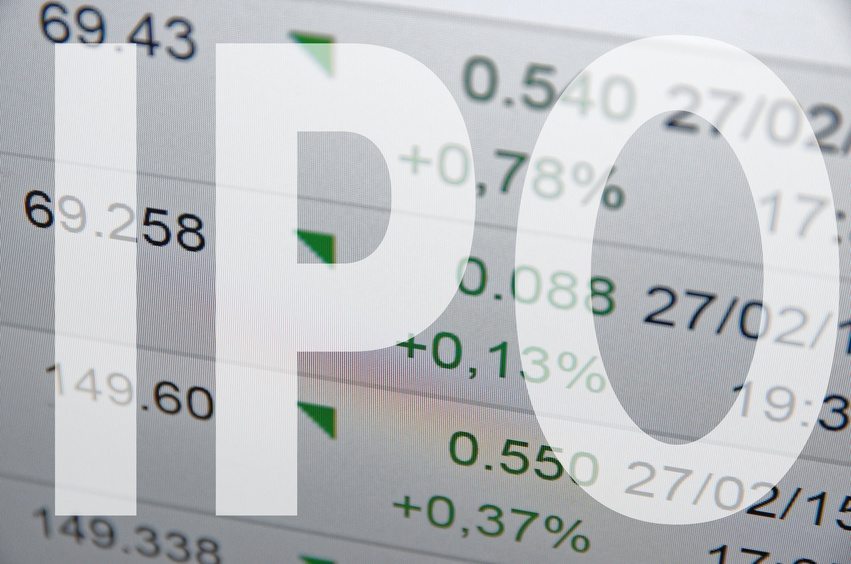Let’s say you are a small to medium sized mining company and you receive big news from the lab that has just confirmed your very favorable assay results. Or, in the alternative, your company hit a huge vein and is pulling out truckloads of high grade metals. By the time this favorable news hits the CEO’s desk, sometimes dozens or even hundreds of people on the inside already know what you still sometimes don’t need to disclose for four days. Even though many employees cannot trade on the information, somehow you notice what seems to be an immediate bump in the price of the shares. Now we finally have answers about what is going on.
The SEC rules allow companies four business days to disclose major events in their required 8-K filings. This delay creates a period during which market-moving information is known by those inside the firm but not most public company investors.
Alma Cohen from Harvard and the National Bureau of Economic Research and Columbia University Professors Robert Jackson and Joshua Mitts recently released a study, reported in the WSJ, identifying this phenomenon as the “8-K Trading Gap.” Many of my clients have long-known about this gap and try their hardest to keep large announcements under wraps until the 8-K is filed. Some of my clients even like to file their 8-K earlier than required to avoid tippers telling tippees about undisclosed announcements.
The researchers developed a unique dataset of 15,419 Form 8-Ks and compared these 8-Ks with trades by insiders during this gap.
The authors write in the abstract, “We identify systematic abnormal returns of 42 basis points on average, per trade, from trades by insiders during the 8-K gap. When insiders engage in an unusual transaction during the gap—open-market purchases of their own company’s stock—they earn even larger abnormal returns of 163 basis points. We also show that, when they engage in such purchases, insiders are correct about the directional impact of the 8-K filing more often than not—and that the probability that this finding is the product of random chance is virtually zero.
To examine whether it is the expertise of the insiders, or the value of the information, that drives insider returns, we then focus on a type of 8-K that reveals positive information: those that announce new agreements with the company’s business partners. We show, without reference to any specific insider transaction, that a trading strategy of buying on the date such an agreement is struck and selling immediately before the agreement is disclosed yields, on average, abnormal returns of 35.4 basis points. We also demonstrate that insiders are more likely to engage in openmarket purchases of their own company’s stock when the firm is about to reveal new agreements with customers and suppliers. In light of the potential concerns raised by these findings, lawmakers should reconsider the effects of information-forcing rules such as those governing Form 8-K on the incidence and profitability of trading by insiders.”
The authors suggest that Congress and the SEC should consider shortening the 8-K deadlines and possibly having firms adopt a potential “blackout” period prohibiting insider transactions in the company’s stock around the time of quarterly earnings announcements. This suggestion doesn’t really solve the 8-K Trading Gap problem but that is their suggestion.
One thing we routinely do for our clients is create a 10b5-1 trading plan.

